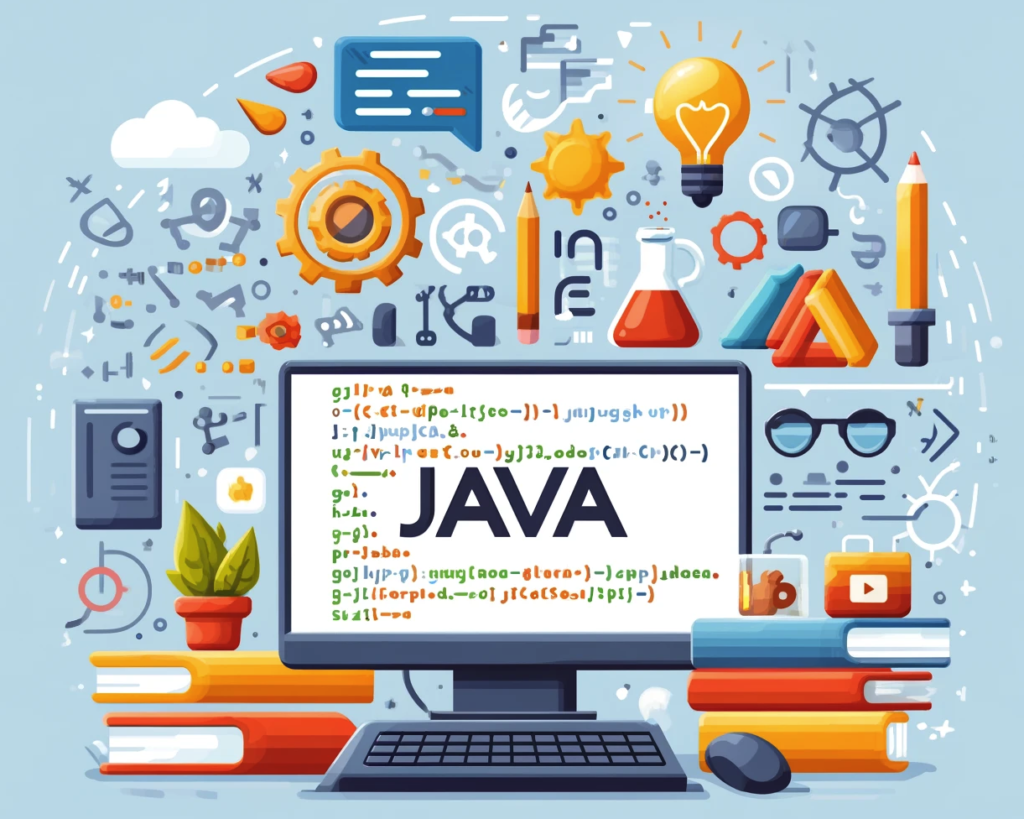- tutorialQ Newsletter
- Posts
- Java Journey: From Novice to Ninja
Java Journey: From Novice to Ninja
Accelerate Your Java Programming Skills
Introduction to Java

Java Roadmap
Importance of Java
Java is one of the most popular and widely used programming languages in the world. Its platform independence, robust performance, and extensive libraries make it a top choice for developing a wide range of applications, from mobile apps and enterprise software to web services and scientific applications.
Key Features of Java:
Platform Independence: Java's "write once, run anywhere" capability is made possible through the Java Virtual Machine (JVM).
Object-Oriented: Encourages modular, reusable code.
Robust and Secure: Strong memory management and security features.
Multithreading: Built-in support for concurrent programming.
Rich API: Extensive set of libraries for everything from data structures to networking.
Community Support: Large, active community providing frameworks, tools, and resources.
Uses of Java
Java is used in a variety of domains, including:
Enterprise Applications: Banking, finance, e-commerce (e.g., web servers, transaction processing).
Mobile Applications: Android apps (Java is the primary language for Android development).
Web Applications: Server-side technologies such as JavaServer Pages (JSP) and Servlets.
Scientific Applications: High-performance applications using Java’s computational capabilities.
Big Data: Hadoop and other big data technologies are written in Java.
Embedded Systems: Java ME for small devices and embedded systems.
Top-Tier Companies Using Java
Several leading companies rely on Java for their critical systems and applications:
Google: Uses Java for Android app development.
Amazon: Backend services and infrastructure.
Netflix: Microservices architecture.
LinkedIn: Server-side development.
Uber: Backend systems.
Airbnb: Data infrastructure and web services.
Java Learning Roadmap
The roadmap is divided into three main levels: Basic, Intermediate, and Advanced. Each level builds on the previous one, ensuring a comprehensive understanding of Java programming.
Basic Level
Introduction to Java
Basic Syntax and Constructs
Object-Oriented Programming (OOP)
Basic I/O
Exception Handling
Intermediate Level
Advanced OOP Concepts
Generics
Streams and Lambda Expressions
File I/O and Serialization
Networking
Databases
Advanced Level
Design Patterns
Java Memory Management
JVM Internals
Just-In-Time (JIT) compiler
Web Development with Java
Testing
Conclusion
Learning Java is a journey that starts with understanding the basics and gradually moves towards mastering advanced concepts and technologies. This roadmap is designed to guide you through this journey, ensuring you build a solid foundation before tackling more complex topics. By following this roadmap, you'll gain the skills needed to develop robust, scalable, and high-performance applications using Java.
Java's versatility and widespread adoption make it an essential skill for developers in various domains. Whether you're just starting or looking to deepen your existing knowledge, this roadmap provides a comprehensive path to becoming proficient in Java.